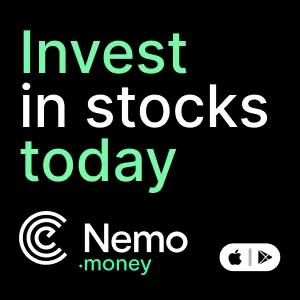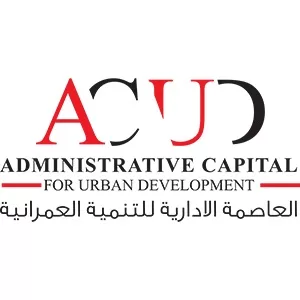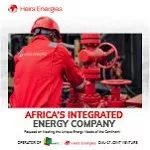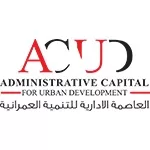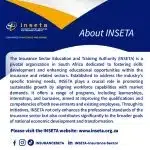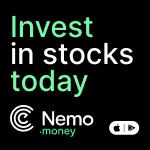Finance
A Macro Outlook on 2025: A Bold New World of Investing

A new year invites reflection on the future: endeavours to predict the trends and events that will shape the months ahead. Nowhere is this more the case than in markets and investing – fields traditionally driven by data, patterns, and steady trends that have enabled analysts to anticipate future developments with precision. Now, however, the most important change is change itself.
As we look to 2025 and beyond, we must fundamentally detach from the idea of stable, long-term trends as the basis for portfolio construction. We are living in transformational times. The macro forces reshaping global economies are seismic, and their effects defy the confines of the familiar business cycle model. Instead, we are witnessing structural shifts that go far beyond the usual patterns of expansion and recession. It is through this unpredictable macro lens that investment opportunities and challenges should be interrogated and understood.
The macro forces transforming the world
It will come as little surprise to most that AI is key among these seismic forces. We hear much about the power of AI to improve efficiency in specific use cases, but we must also consider its potential, much broader role in driving the process of idea generation and discovery – and its consequential impacts on the structure of the economy. Moreover, while the opportunities are readily apparent, the trajectory to complete AI transformation remains as yet unclear. Private markets look set to provide much of the major investment needed for the AI buildout.
Political and geopolitical flux is equally significant. Newly elected leaders in some countries are under pressure to enact political and economic change, which could prompt policy decisions that drive volatility rather than stability. At the same time, heightened geopolitical fragmentation – reinforced by the nascent second Trump administration – may disrupt long-established supply chains and trade mechanisms and encourage the formation of new trading blocs.
Of course, energy and low-carbon technology is a key area in which protectionist responses may be observed playing out. European automakers are under strain as Brussels attempts to mount a unified response to China’s superpower status in low-carbon technologies. Elsewhere around the globe, emerging markets are deriving new-found influence from their status as suppliers of commodities for the low-carbon transition. All this shows that it is in no way possible to disentangle geopolitical developments from the energy transition; rather, energy is a major front.
Finally, while not a macro force as such, it would seem remiss to discuss the changing markets without mention of the ongoing digital asset revolution. 2024 brought record-breaking inflows to cryptocurrencies like bitcoin, with growing interest from institutional players and retail investors driving much of the demand, while stablecoins and decentralized finance continued to evolve apace. Expansion of blockchain use in enterprise and finance is expected for 2025 and beyond, with optimistic projections for crypto market growth. Digital assets will have their own permanent effects on the composition of the investment landscape.
What does this mean for investors?
With such major structural transformation underway, it is little surprise that the business cycle lens finds itself no longer fit for purpose. In 2024, we saw AI shape the market while inflation fell and growth remained steady. Yet, the markets persisted in interpreting new data via the traditional framework. As a result, their narratives were forced to frequently change course.
The radically altered landscape requires a similarly radical approach by investors, who may begin to seek thematic investment opportunities – those correlated with structural changes like the AI transformation and the low-carbon transition – in preference to investing based on asset classes. Capital markets will play a key role in bringing these structural developments to fruition. With the growing integration of digital assets and cryptocurrencies into the existing infrastructure of capital markets, these nascent asset types could provide an accessible, global and transparent way to fund the waves of transformation.
More generally, portfolios must evolve in line with the ever-shifting horizon. Investors must examine whether established investing principles still serve them optimally, including the conventional notion of a ‘benchmark’ portfolio. They may want to consider broadening their portfolios, whereby assets like bitcoin show high promise as ‘new’ diversifiers while established diversifiers, like bonds, cease to work as before. In conjunction with investors’ pursuit of thematic investment opportunities, they must be willing to embrace a granular approach to investment views – such as a shift to company-level investing in Europe – as transformation progresses. Within this dynamic and tactical approach, investment expertise, including in digital assets, will be an essential asset of its own.
A message for 2025 and beyond
If investors take one key message into 2025, it is that the current macro forces in play – and the resultant shattering of historical trends – cannot be ignored in the context of successful investing. The heightened sensitivity of long-term assets to short-term events highlights the extraordinary nature of the current environment. A dynamic approach to portfolio composition – including diversification into new and alternative assets – and a willingness to dig into tactical granular views will be invaluable in this bold new world. In this regard, the advantages of a managed investment service cannot be understated.


